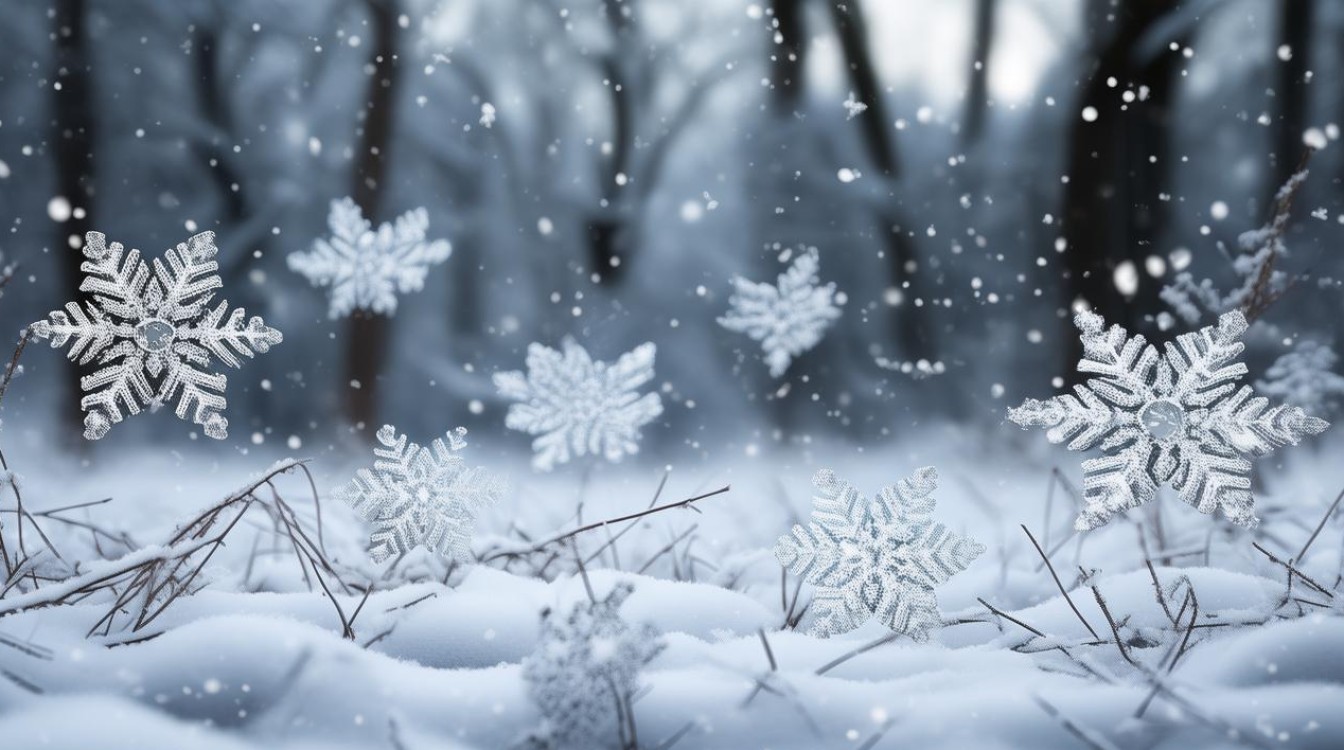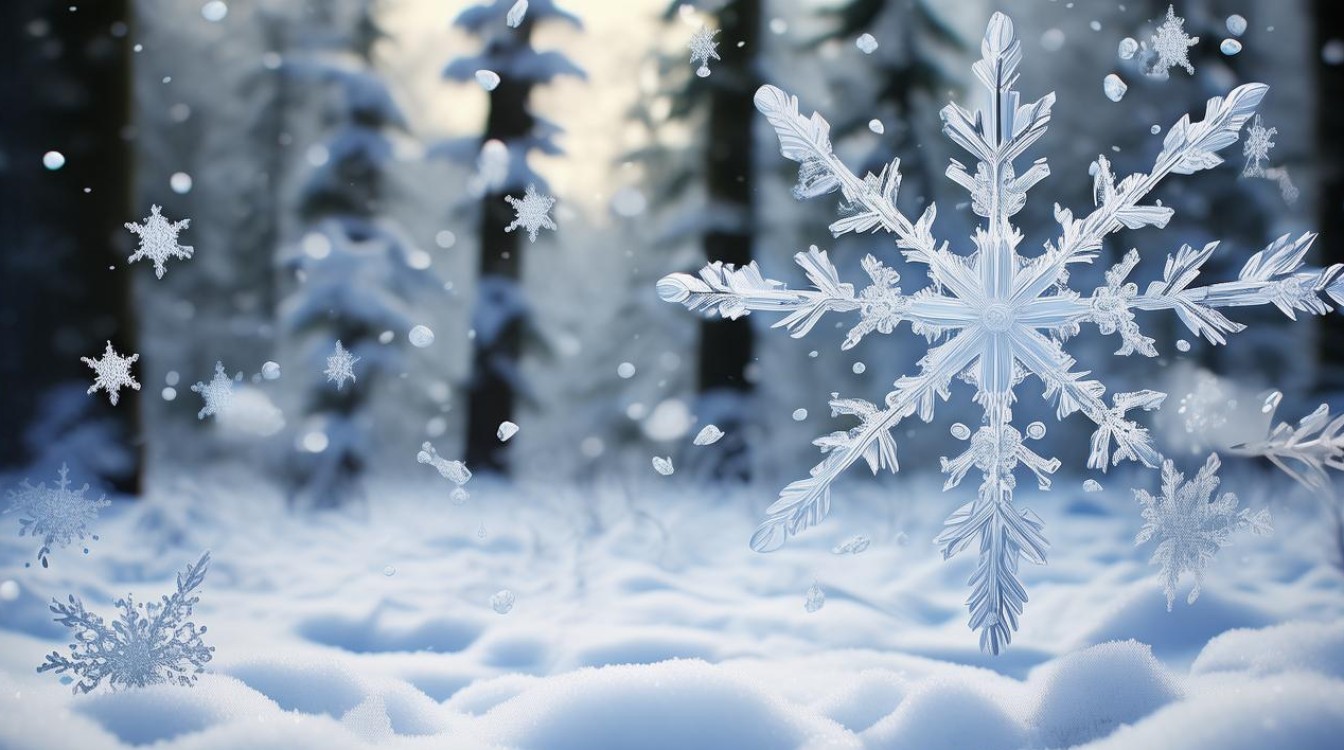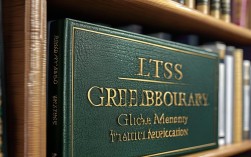Snow transforms landscapes into winter wonderlands, inspiring poets, artists, and travelers alike. For English learners, weather enthusiasts, or anyone captivated by frosty beauty, mastering snow-related vocabulary enriches communication. This guide explores terms describing snow types, phenomena, activities, and cultural expressions.

Types of Snow and Ice
Understanding snow begins with recognizing its varied forms:
- Snowflake – A single ice crystal or cluster of crystals falling from clouds. No two are identical, making them nature’s intricate masterpieces.
- Powder snow – Light, dry snow perfect for skiing. Its low moisture content creates a fluffy texture.
- Packed snow – Compressed snow forming a solid surface, common on trails or roads after frequent foot traffic.
- Slush – Partially melted snow mixed with water, often found during spring thaw or urban areas.
- Black ice – A nearly transparent ice layer on roads, extremely hazardous due to its invisibility.
- Hail – Ice pellets formed in thunderstorms, distinct from snowflakes.
- Graupel – Soft, opaque pellets resembling tiny snowballs, sometimes called "soft hail."
- Frost – Delicate ice crystals forming on surfaces when water vapor freezes overnight.
Snowfall and Weather Phenomena
Meteorologists use precise terms to describe snow’s behavior:
- Blizzard – A severe storm with heavy snow, winds over 35 mph, and low visibility.
- Flurry – Brief, light snowfall with minimal accumulation.
- Whiteout – Near-zero visibility caused by intense snowfall or blowing snow.
- Snow squall – A sudden, intense snowfall accompanied by strong winds.
- Avalanche – A mass of snow rapidly sliding down a mountain, often triggered by vibrations or overload.
Winter Activities and Gear
Snow fuels recreation worldwide. Key terms include:
- Skiing – Gliding on snow using long, narrow skis. Variations include alpine (downhill), cross-country, and freestyle.
- Snowboarding – Descending slopes on a single board, a younger sibling to skiing.
- Sledding – Sliding downhill on a sled, toboggan, or inflatable tube.
- Ice skating – Moving across ice using metal-bladed boots, either recreationally or competitively.
- Snowshoeing – Walking over deep snow with specialized footwear distributing weight.
Essential gear:

- Parka – A heavy winter coat, often insulated.
- Thermals – Layered clothing retaining body heat.
- Goggles – Protective eyewear shielding against snow glare and wind.
Cultural Expressions and Idioms
Snow permeates language beyond literal meanings:
- "Snowed under" – Overwhelmed with work (e.g., "I’m snowed under with emails").
- "Snowball effect" – A situation growing rapidly in significance, like a rolling snowball.
- "Pure as the driven snow" – A metaphor for innocence or flawlessness.
- "Break the ice" – To initiate conversation in a tense setting.
In literature, snow symbolizes purity ("Stopping by Woods on a Snowy Evening" by Robert Frost) or desolation (Jack London’s To Build a Fire).
Scientific and Environmental Terms
Snow plays a critical role in ecosystems:
- Albedo effect – Snow’s high reflectivity cools the Earth by bouncing sunlight back into space.
- Permafrost – Permanently frozen ground in polar regions, storing greenhouse gases.
- Glacier – A massive, slow-moving river of ice formed from compacted snow over centuries.
Climate change terms:

- Snowpack – Accumulated snow melting gradually, supplying water. Declining snowpack threatens freshwater reserves.
- Firn – Intermediate stage between snow and glacial ice, granular and partially compacted.
Regional Snow Vocabulary
Local dialects adapt snow terminology:
- "Snain" (Canada) – A mix of snow and rain.
- "Poudreuse" (French Alps) – Light, powdery snow prized by skiers.
- "Yuki-matsuri" (Japan) – Snow festivals featuring elaborate ice sculptures.
Safety and Practical Terms
Navigating winter requires caution:
- Wind chill – The perceived temperature from combined cold and wind, often more dangerous than actual temperature.
- Hypothermia – A life-threatening drop in body temperature.
- Snowplow – A vehicle clearing roads or runways.
Driving terms:
- Snow chains – Metal chains fitted on tires for traction.
- Four-wheel drive – A vehicle system improving control in slippery conditions.
Snow in Art and Mythology
Cultures revere snow differently:

- Norse mythology depicts Skadi, goddess of winter and hunting.
- Japanese folklore celebrates Yuki-onna, a spirit appearing during snowstorms.
- Indigenous Arctic traditions, like the Inuit’s "aqilokoq" (softly falling snow), showcase nuanced snow lexicons.
Modern media, from Frozen’s animated magic to The Revenant’s brutal realism, reflects snow’s dual nature—aesthetic yet unforgiving.
Final Thoughts
Snow’s linguistic richness mirrors its physical diversity. Whether describing a gentle flurry or surviving a blizzard, these words connect us to winter’s beauty and challenges. For travelers, mastering this vocabulary ensures smoother journeys; for writers, it adds texture to descriptions. As climate patterns shift, some terms may evolve—yet snow’s timeless allure will endure, one crystalline word at a time.


